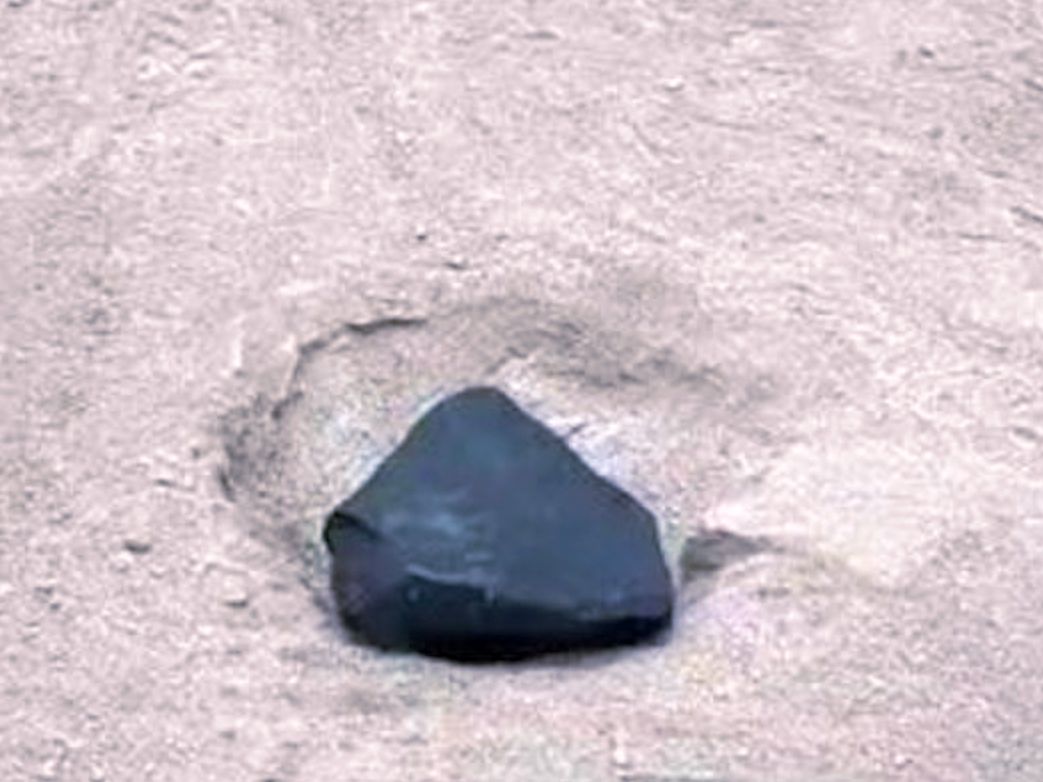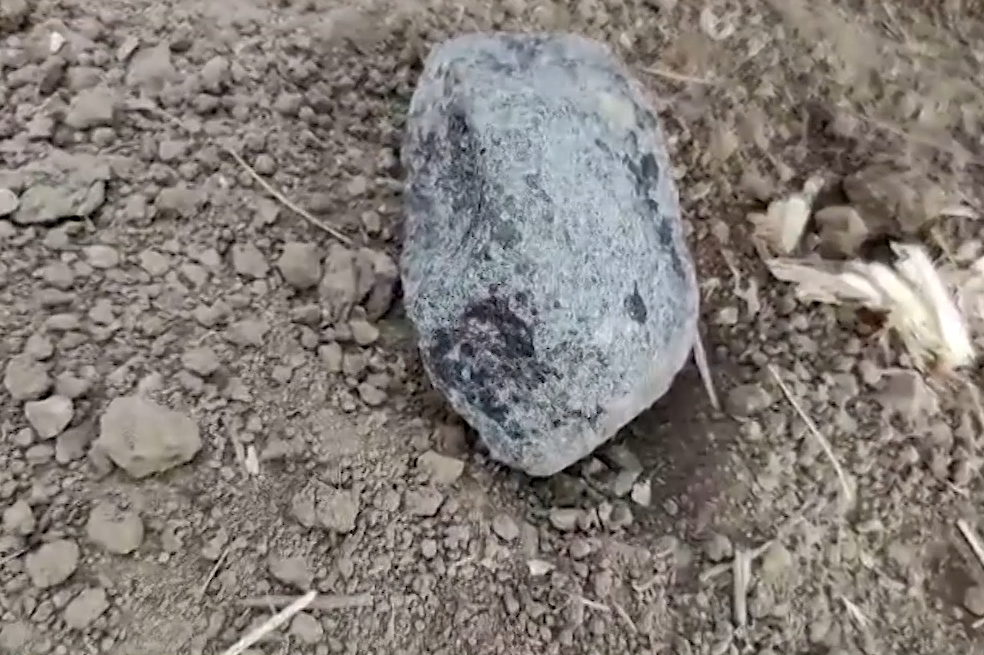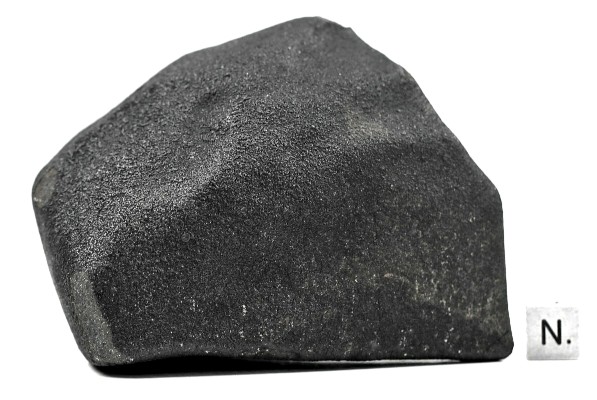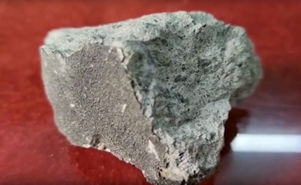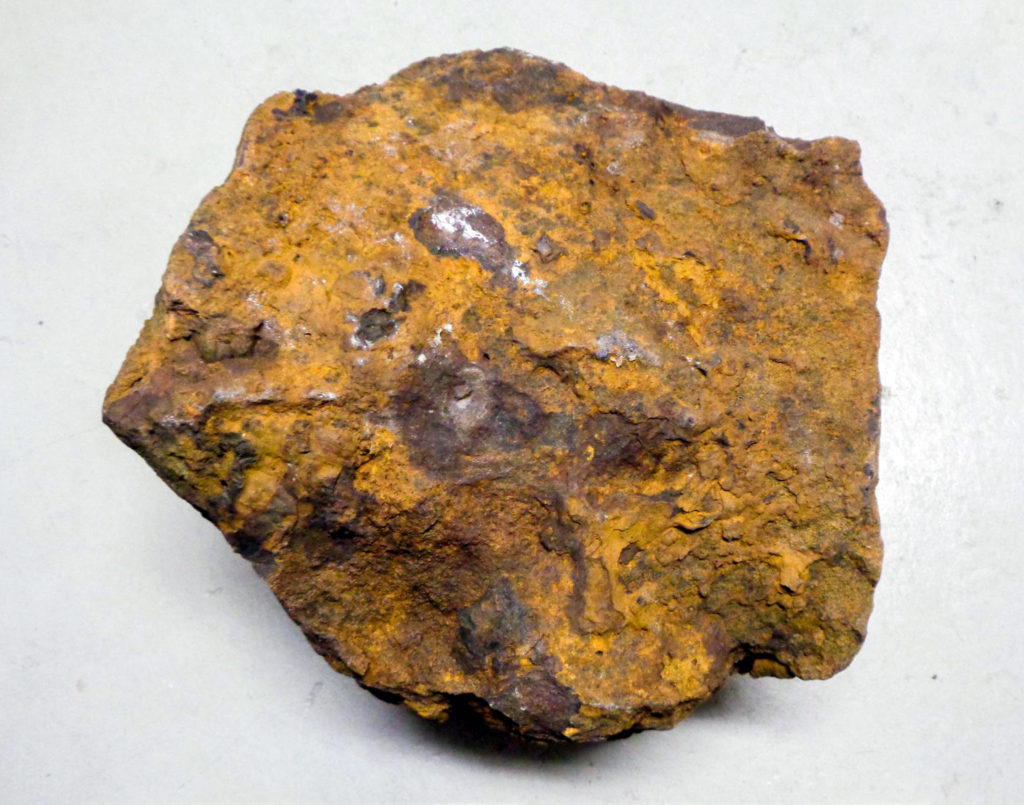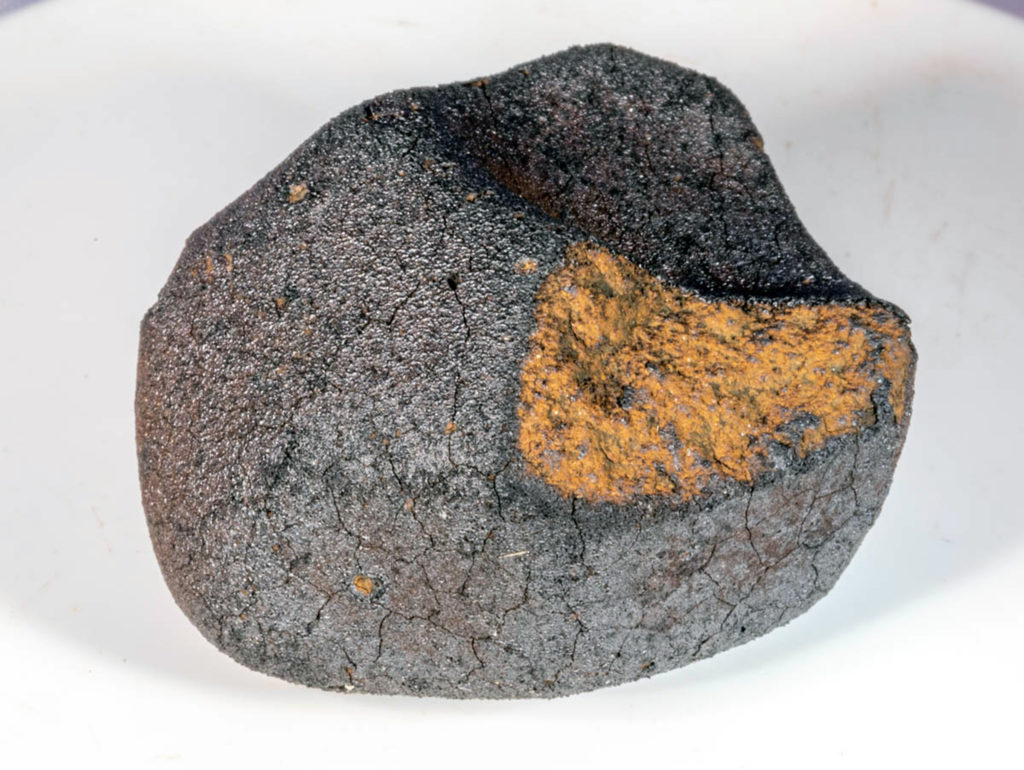Comment on ”John’s stone: A possible fragment of the 1908 Tunguska meteorite” (Anfinogenov et al., 2014, Icarus 243, 139-147)
Henning Haack, Richard C. Greenwood, Henner Busemann
Icarus
In Press, Accepted Manuscript, Available online 25 September 2015
“… Consistent with the O study, the noble gases do not provide any evidence for an extraterrestrial origin of the samples. The lack of any cosmogenic noble gases (particularly striking in 3He, 21Ne, 38Ar) is consistent with a terrestrial origin or an extraterrestrial origin under large shielding.
Based on the combined evidence obtained in this study we infer that John’s stone is a terrestrial rock unrelated to the Tunguska impactor.”
UPDATE (5 May, 2016):
Response to the Comment by Haak et al. (2015) on the paper by Anfinogenov et al. (2014): John’s stone: A possible fragment of the 1908 Tunguska meteorite
Yana Anfinogenova, John Anfinogenov, Larisa Budaeva, Dmitry Kuznetsov
“The article provides an open discussion and a critical feedback to the comments of Haak et al. (2015) and emphasizes a significance of the first macroscopic evidence for a candidate meteorite of a new type: planetary-origin meteorite composed of silica-rich sedimentary rock. Discussion concerns the arguments for (i) candidate parental bodies including the Earth, Mars and icy moons of Saturn and Jupiter; (ii) PGE anomaly versus glassy silicate microspherules and quartz grains anomaly in the area of the 1908 Tunguska catastrophe; (iii) isotopic heterogeneity of unmixed silicate reservoirs on Mars; (iv) possible terrestrial loss or contamination in the noble gas signatures in meteorites that spent time in the extreme weather conditions; (v) cosmogenic isotopes and shielding; and (vi) pseudo meteorites. We conclude that the list of candidate parental bodies for hypothetical sedimentary-origin meteorites includes, but is not limited by the Earth, Mars, Enceladus, Ganymede, and Europa. A parental body should be identified based on the entire body of evidence which is not limited solely by tests of oxygen and noble gas isotopes whose signatures may undergo terrestrial contamination and may exhibit significant heterogeneity within the parental bodies. ”
Refers to:
John’s Stone: A possible fragment of the 1908 Tunguska meteorite
John Anfinogenov, Larisa Budaeva, Dmitry Kuznetsov, Yana Anfinogenova
Icarus
Volume 243, 15 November 2014, Pages 139–147
Other references:
Origin of John’s Stone: A quartzitic boulder from the site of the 1908 Tunguska (Siberia) explosion
Enrico Bonatti, Dee Breger, Tommaso Di Rocco, Fulvio Franchi, Luca Gasperini, Alina Polonia, John Anfinogenov, Yana Anfinogenova
Icarus
In Press, Accepted Manuscript, Available online 18 June 2015
Extraterrestrial sedimentary rocks on Earth
Yana Anfinogenova, John Anfinogenov, Larisa Budaeva, Dmitry Kuznetsov
(PDF, open access, submitted on 18 Jun 2017)
“This concept article discusses the possibilities for identifying sedimentary-origin meteorites. The paper concerns (i) the macroscopic candidate for sedimentary meteorite in the epicenter of the 1908 Tunguska catastrophe; (ii) potential parent bodies for sedimentary meteorites; (iii) isotopic heterogeneity of unmixed silicate reservoirs on Mars; (iv) possible terrestrial loss or contamination in the noble gas signatures in new type meteorites that spent time in extreme weather conditions; (v) cosmogenic isotopes and shielding; and (vi) pseudo meteorites. We conclude that the list of candidate parent bodies for sedimentary meteorites includes, but is not limited by the Earth, Mars, Enceladus, Ganymede, Europa, and hypothetical planets that could exist between orbits of Mars and Jupiter in the past. A parent body for extraterrestrial sedimentary rocks on the Earth should be identified based on the entire body of evidence which is not limited solely by tests of oxygen and noble gas isotopes whose signatures may undergo terrestrial contamination and may exhibit significant heterogeneity within the parent bodies. Observed fall of cosmic body, evidence of hypervelocity impact complying with the criteria of impact structures, and the presence of fusion crust on the fragments should be considered as priority signs of meteoritic origin.”
UPDATE (28 February 2018):Challenges of identifying putative planetary-origin meteorites composed of non-igneous material (PDF, open access)
Yana Anfinogenova, John Anfinogenov
“This concept article discusses the challenges of identifying planetary-origin meteorites of non-igneous composition, primarily of sedimentary origin, distinct from SNC meteorites. The paper reviews evidence on putative sedimentary-origin meteorites and potential parent bodies for sedimentary meteorites. Authors conclude that the list of candidate parent bodies for sedimentary meteorites includes, but is not limited by the Earth, Mars, Enceladus, Ganymede, Europa, and hypothetical planets that could exist between orbits of Mars and Jupiter in the past. Authors argue that extraterrestrial origin and a parent body for meteoritic sedimentary rocks may be identified based on the entire body of evidence which is not limited solely by tests of oxygen and noble gas isotopes whose signatures may undergo terrestrial contamination and may exhibit significant heterogeneity within the Solar system and within the parent cosmic bodies. Observed fall of a cosmic body, evidence of hypervelocity fall, signs of impact in target, and the presence of fusion crust, melting, and/or shock deformation features in the fragments should be considered as priority signs of meteoritic origin. ”

